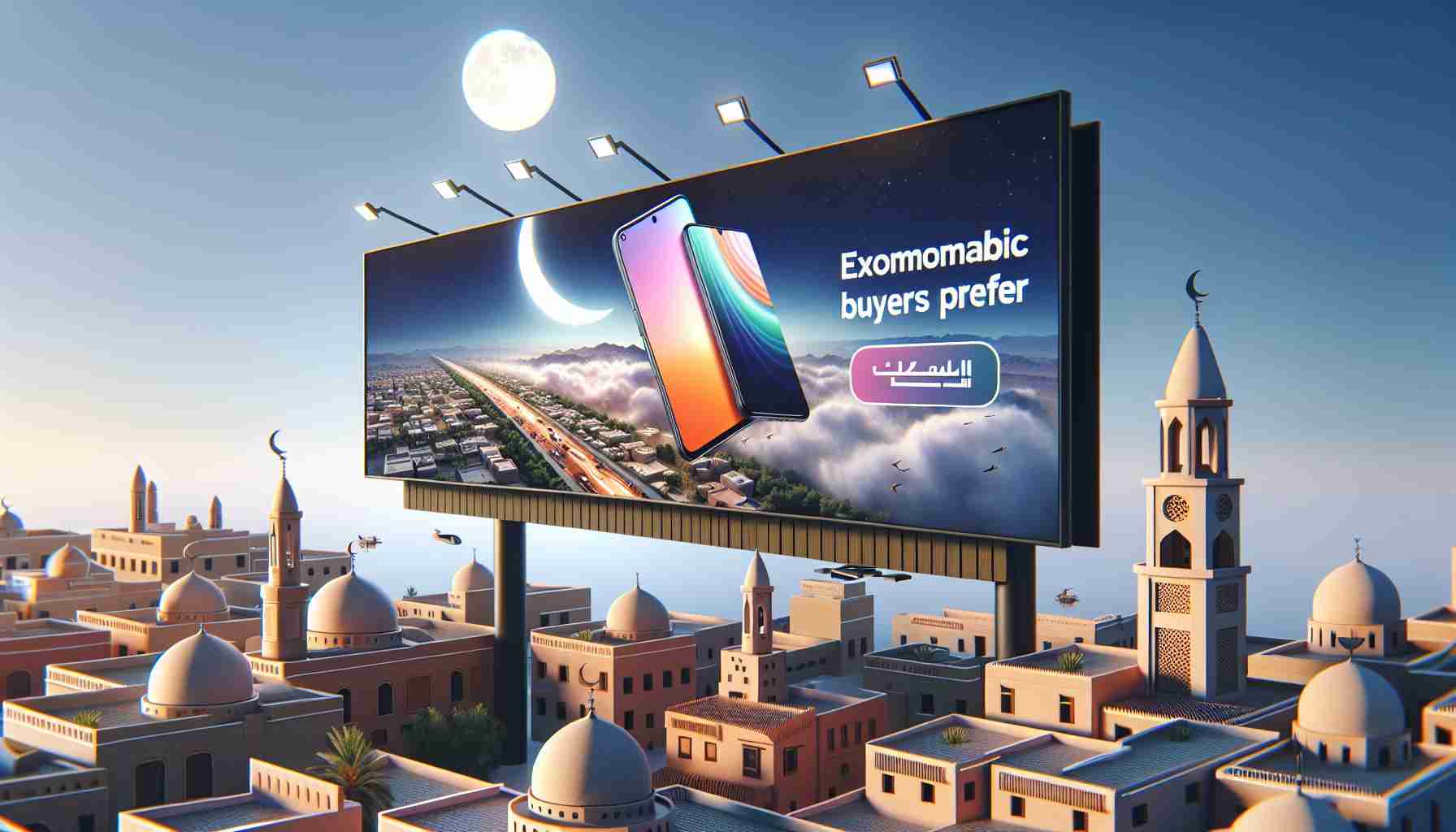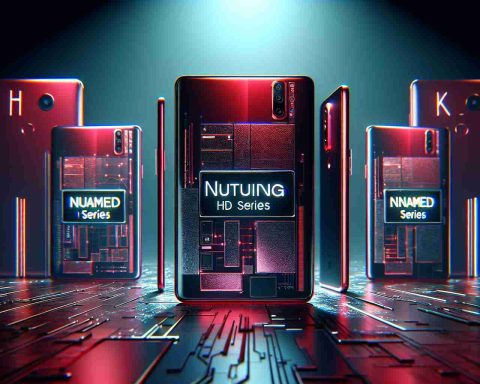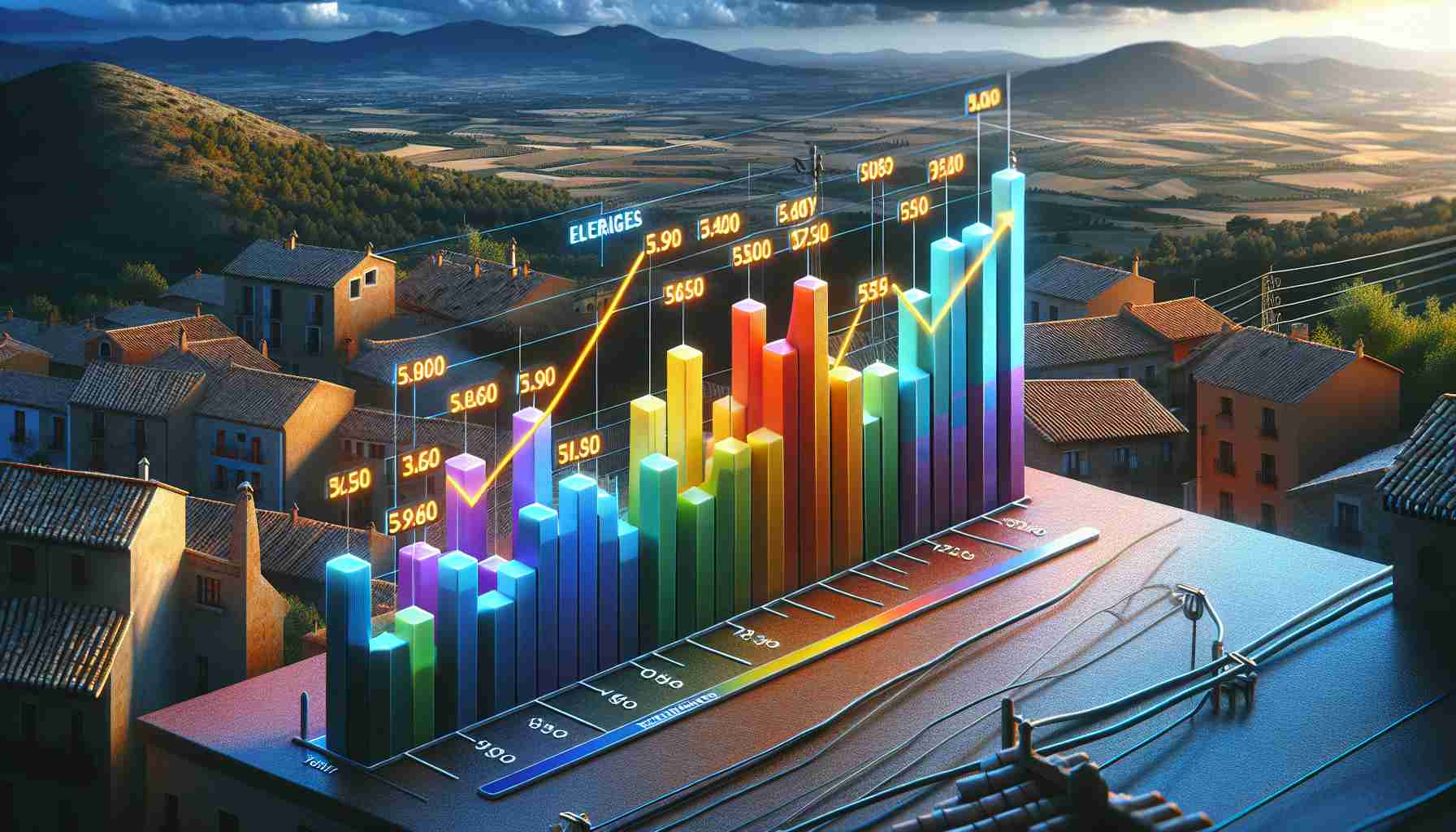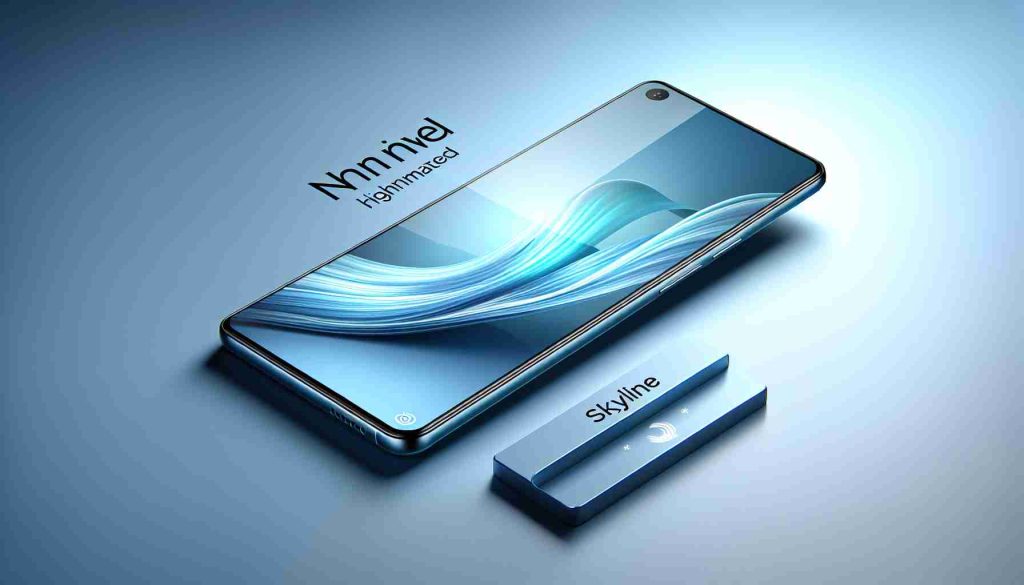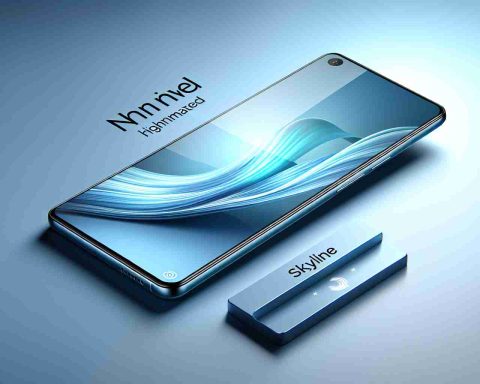In Ras al-Ain, northwest of al-Hasakah, a changing trend in smartphone purchases is underway, primarily fueled by challenging economic conditions. With daily wages averaging $7, residents are gravitating toward budget-friendly alternatives to meet their technological needs. At the forefront of this shift is the Infinix brand, which is rapidly gaining favor among budget-conscious consumers.
Infinix’s Appeal
A significant factor driving this preference for Infinix smartphones is their affordability coupled with reliable performance. The “Smart” series, starting at just $70, offers an enticing option for those seeking basic functionalities without a hefty price tag. Advanced models, like the Hot 30 and Note 40, available for up to $225, provide enhanced features while remaining accessible.
Rising Popularity
The affordability of these devices, compared to pricier options from brands like Samsung and iPhone, has caught the attention of local buyers, including young individuals like Foad al-Najm and Karim al-Mikdad. They have discovered that Infinix offers comparable quality at a fraction of the cost, thus aligning perfectly with their budgets.
Repair Convenience
In addition to their upfront affordability, Infinix phones are easier and cheaper to repair. For example, screen replacements cost significantly less than for other brands, making them increasingly appealing to fit the economic constraints of the residents.
Market Dynamics
As Kamal Malik, a phone store owner, observes, Infinix has emerged as the preferred choice over brands like Samsung and Xiaomi. The socio-economic backdrop of Ras al-Ain, where many residents work in agriculture and livestock, necessitates cost-effective tech solutions. This transformation highlights the community’s adaptive strategies in navigating financial limitations.
The Invisible Impact: How Affordable Tech is Reshaping Global Communities
As the allure of budget-friendly technology sweeps across economically challenged regions, the implications are far-reaching, reshaping lives, communities, and even entire economies. While brands like Infinix dominate headlines in places like Ras al-Ain, northwest of al-Hasakah, this shift towards affordable smartphones underscores larger global trends with profound impacts.
Broader Economic Implications
The growing preference for budget smartphones like Infinix not only influences individual buying choices but also plays a role in broader economic dynamics. Affordable technology equips users with essential tools for connecting with the global economy, enhancing employment and educational opportunities. In underdeveloped areas, where traditional infrastructure is limited, a simple smartphone can become a powerful equalizer, providing access to information, services, and communication previously out of reach.
Educational Opportunities and Challenges
The digital divide has long plagued rural and impoverished areas; however, affordable smartphones have the potential to bridge this gap. With internet access, users can tap into online learning platforms, giving students and adults educational resources directly on their handheld devices. This democratization of education is a game-changer, offering knowledge and skills to those who might otherwise be cut off.
Yet, reliance on budget phones can also pose challenges. Lower-cost devices may experience shorter lifespans due to cheaper components, leading to frequent replacements that can burden the household budget over time. Are these affordable options truly cost-effective in the long run? The answer is nuanced and depends heavily on the user’s personal and financial circumstances.
Community Connectivity and Crime
On a community level, access to affordable technology fosters connectivity and collaboration, allowing for grassroots organization and social initiatives that can improve local conditions. However, it also opens doors to potential risks, such as cybercrime. Without robust knowledge of cybersecurity, users may find themselves vulnerable to scams and data breaches.
Environmental Impact
There is an environmental cost associated with the surge in smartphone usage, especially from budget segments. The manufacturing, recycling, and disposal of electronic devices contribute heavily to environmental degradation. Are communities prepared to handle the electronic waste crisis, or does this represent an oversight in the rush to affordable technology?
Future Directions
Clearly, the increased uptake of brands like Infinix highlights the potential and pitfalls of the affordable technology wave. If manufacturers can improve the sustainability and durability of these devices, the advantages could far outweigh the disadvantages.
As communities continue to integrate technology into their daily lives, the question remains: Can infrastructural, educational, and economic support systems evolve quickly enough to keep pace with technological proliferation? Only time will tell. For information on how technology shapes communities globally, visit sites like GSMA and World Economic Forum.

